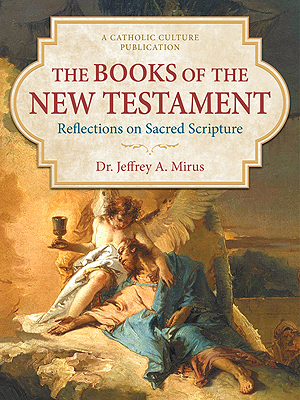loss & gain
By ( articles ) | Mar 11, 2004
"Tracers work both ways," runs a military maxim, and this paradoxical truth
Anyone familiar with the situation knows that the upper echelons of the Catholic liturgical establishment have long been dominated by gay men. Formerly it was accounted bad taste to mention this, but the staggering series of influential liturgists
Representative samples are not hard to find. Theatre seating in church is Queer Eye. Coy, out-of-the-way tabernacles are Queer Eye. Vestments in the colors of Italian sherbet are Queer Eye. The makeover of the Milwaukee cathedral is Queer Eye. And to extend the metaphor somewhat ("Queer Ear" doesn't cut it), we can perceive the same aesthetic in the music of Dan Schutte and his clones.
Most of us in the English-speaking Church have watched Queer Eye come to dominate the ornamental dimension of ecclesial life; in fact, the most important limiting factor has been money. The three poorest parishes in your diocese are likely to have gothic or romanesque church buildings with damaged stained glass; the three wealthiest will probably have an open stage-like sanctuary with high-tech canister lighting, announcing to all and sundry that we are a Queer Eye people.
There was an even a Queer Eye manifesto, called Environment and Art in Catholic Worship (1978). Though it no longer has full canonical force, its heart continues to beat in terms of decision-making leverage at the parish checkbook level. In this respect
There are counter-movements, of course. Those of us with contra sympathies (be they in sacred music, or church design, or liturgical language) have remarkably similar experiences in the reception accorded our views in the sacristy or chancery. For the immediate future things are likely to get worse, but at least we can put a name to our woes.
All comments are moderated. To lighten our editing burden, only current donors are allowed to Sound Off. If you are a current donor, log in to see the comment form; otherwise please support our work, and Sound Off!







